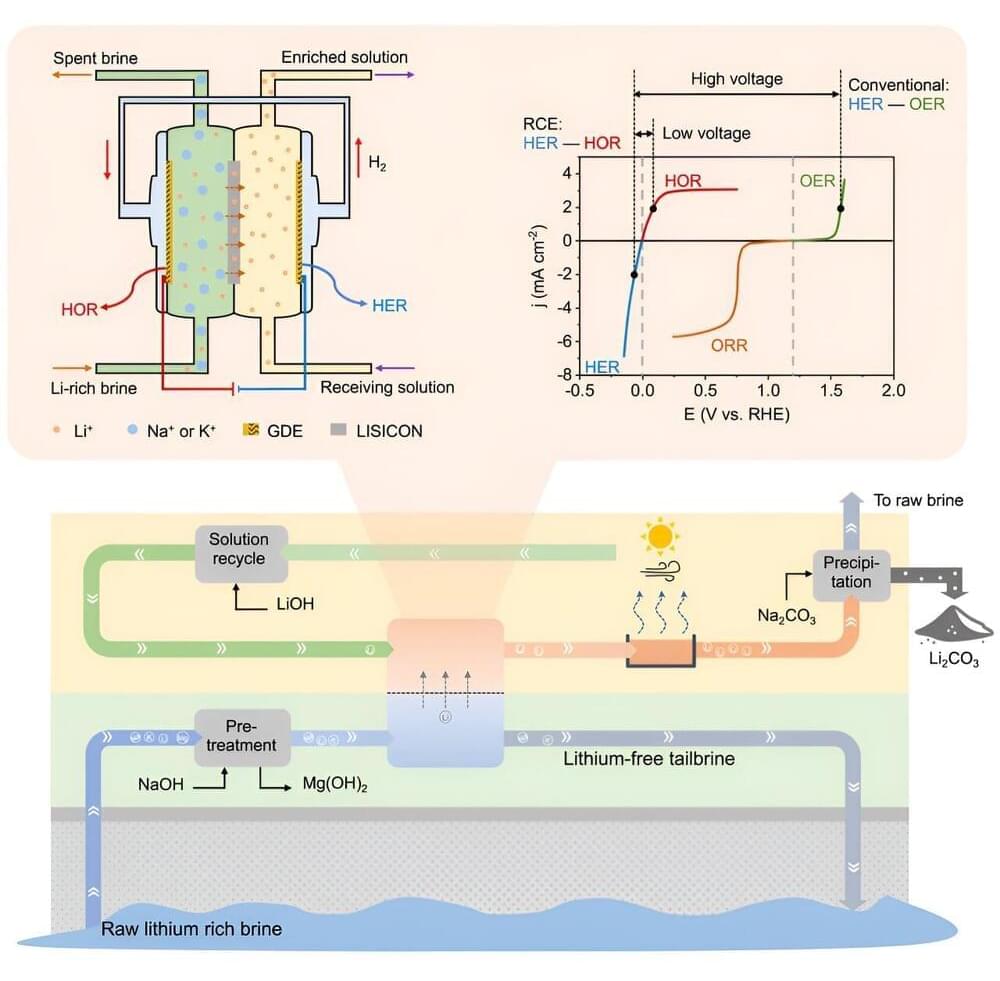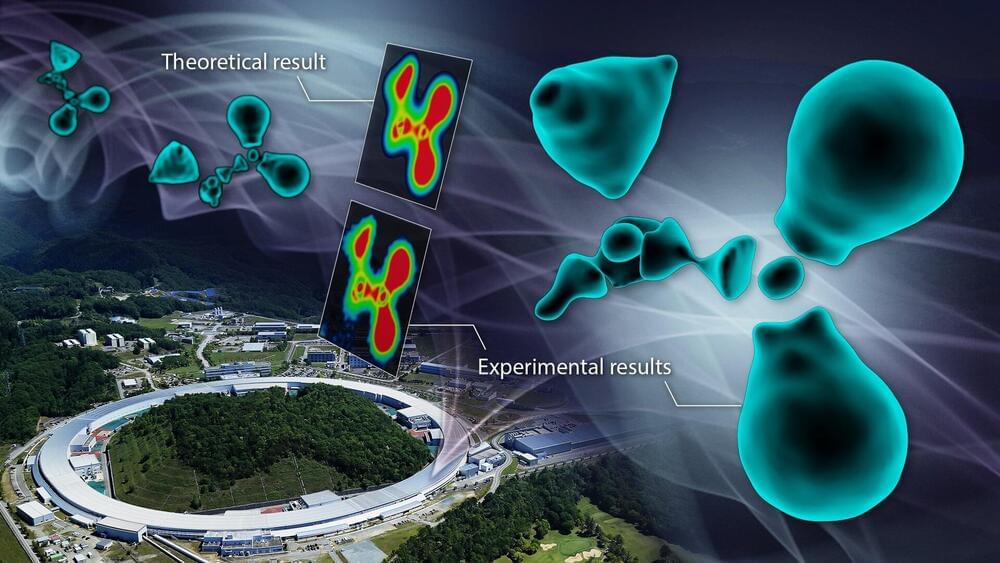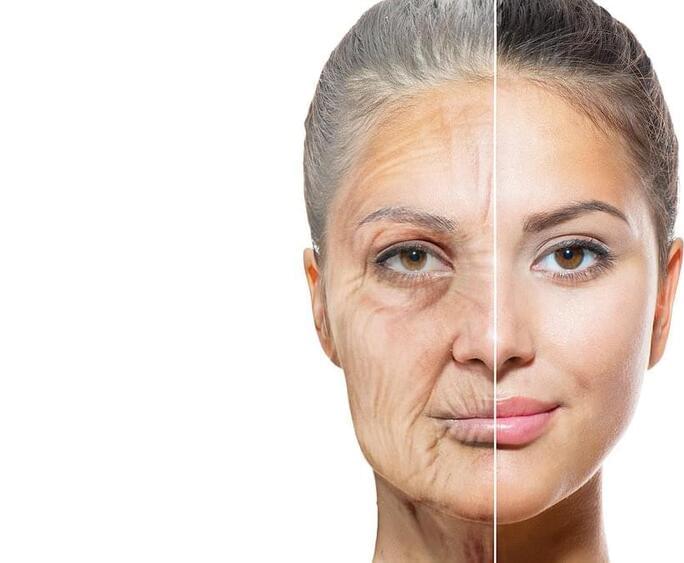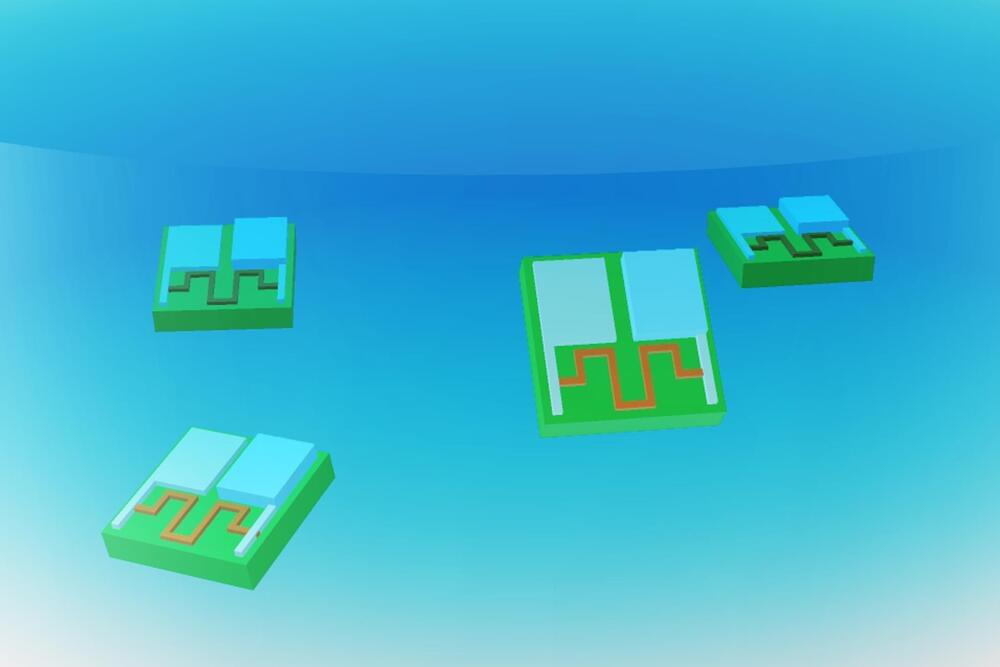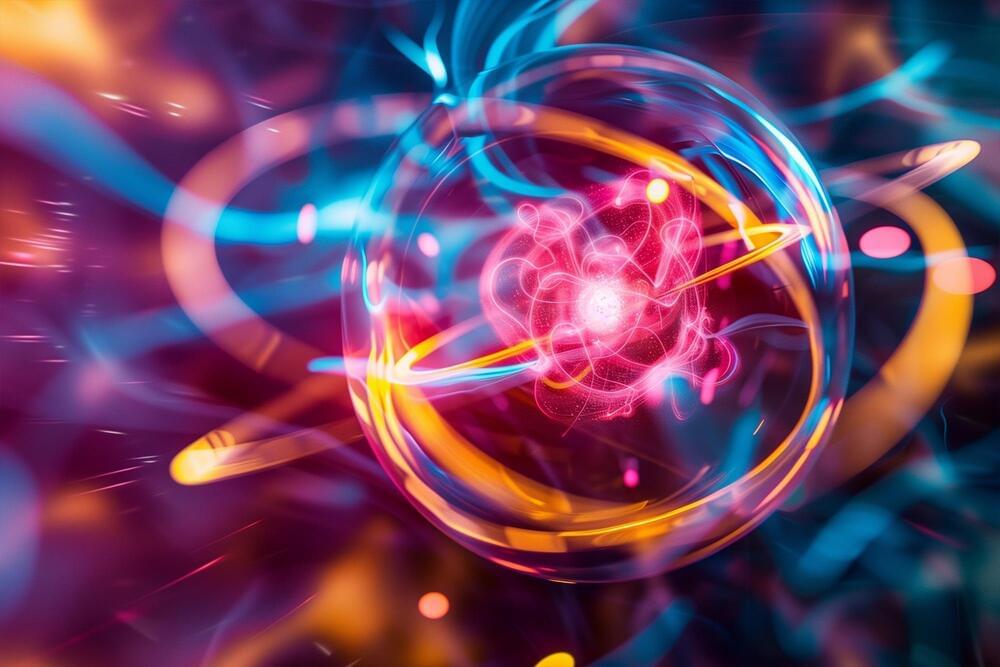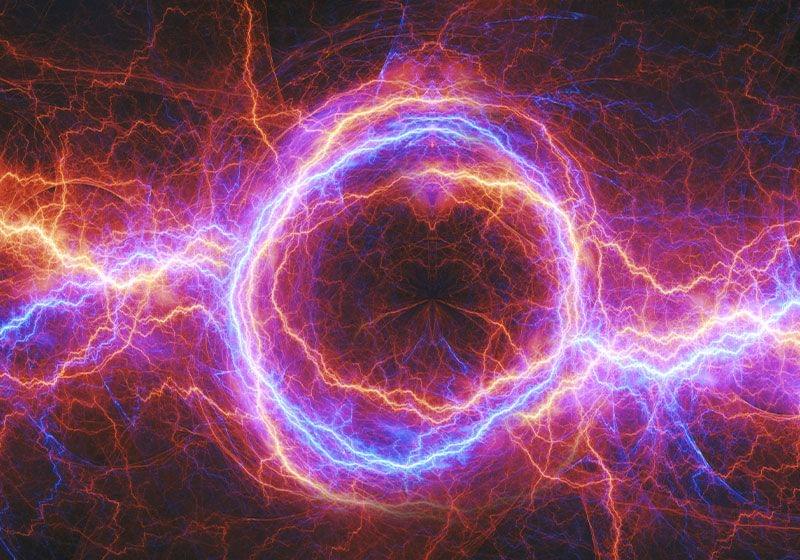We are made out of functions, and those functions are made out of functions, all the way down.
Even bacteria—the simplest life forms surviving today—are a product of many subsequent evolutionary steps.
IX. Ecology
Fundamentally, life is code, and code is life. More precisely, individual computational instructions are the irreducible quanta of life—the minimal replicating set of entities, however immaterial and abstract they may seem, that come together to form bigger, more stable, and more complex replicators, in ever-ascending symbiotic cascades.
In the toy universe of bff, the elementary instructions are the seven special characters “+ –, [ ]”. On the primordial sea floor, geothermally driven chemical reactions that could catalyze further chemical reactions may have played the same role. Our growing understanding of life as a self-reinforcing dynamical process boils down not to things, but to networks of mutually beneficial relationships. At every scale, life is an ecology.

